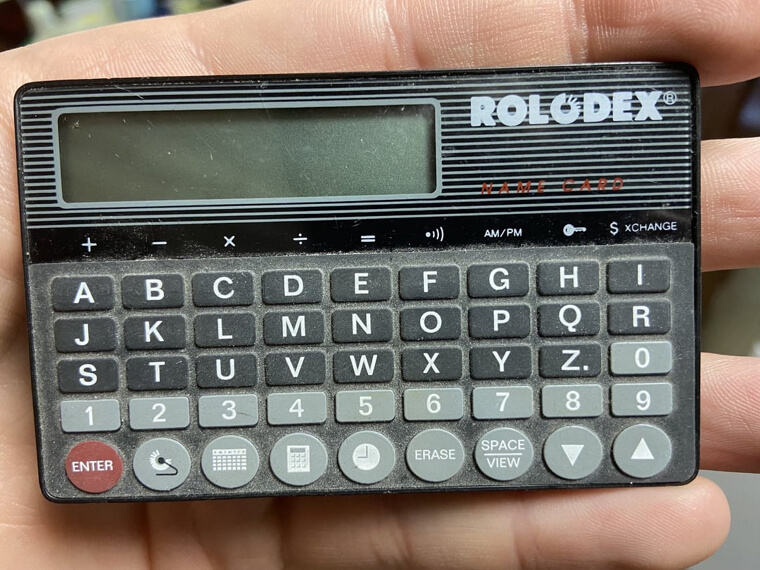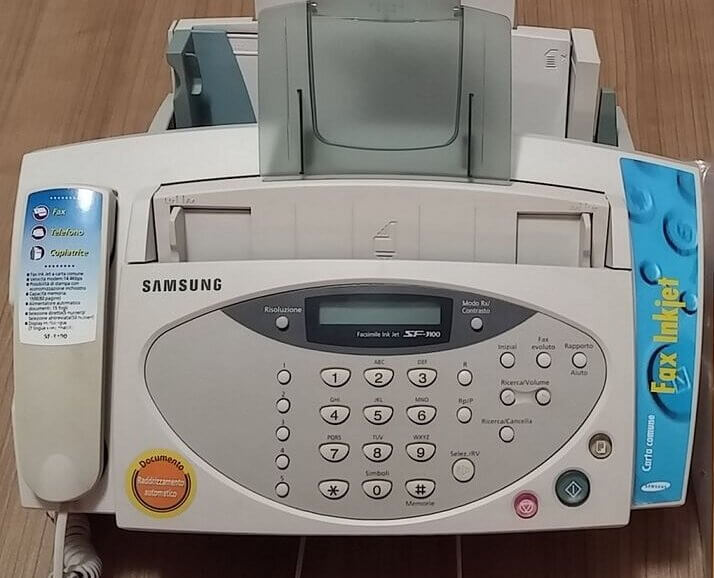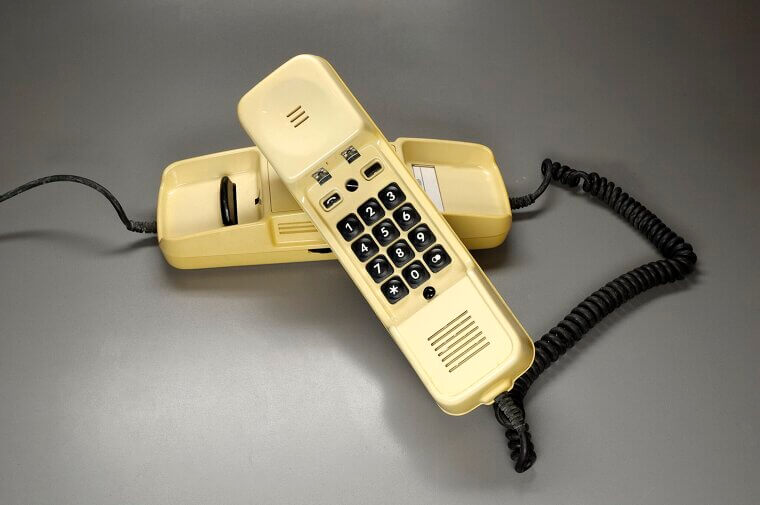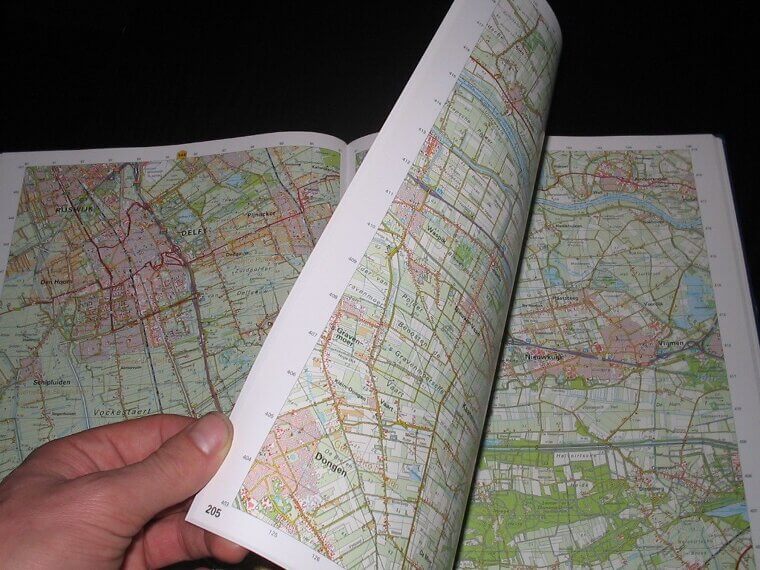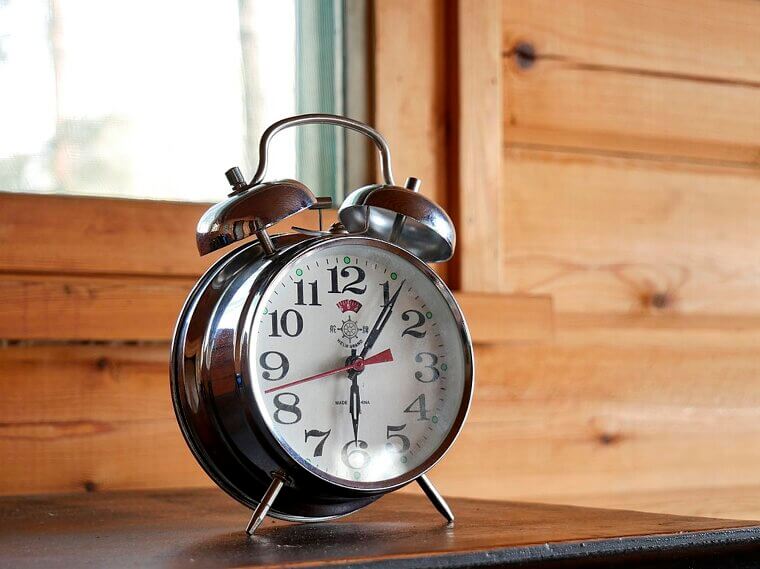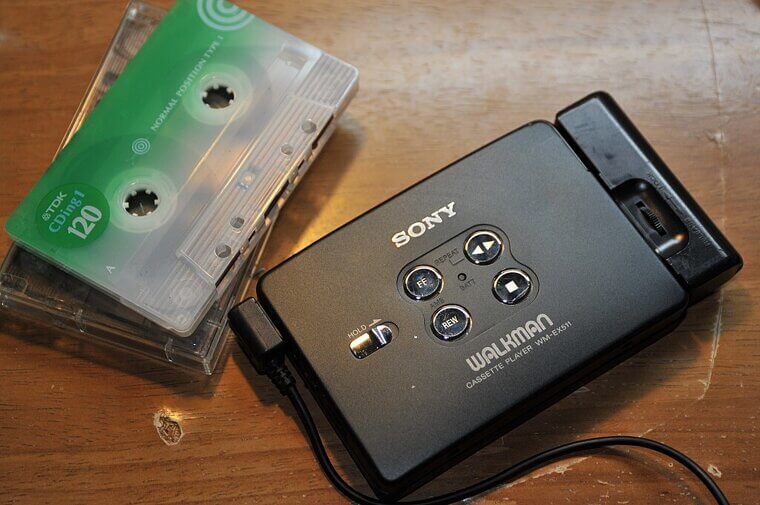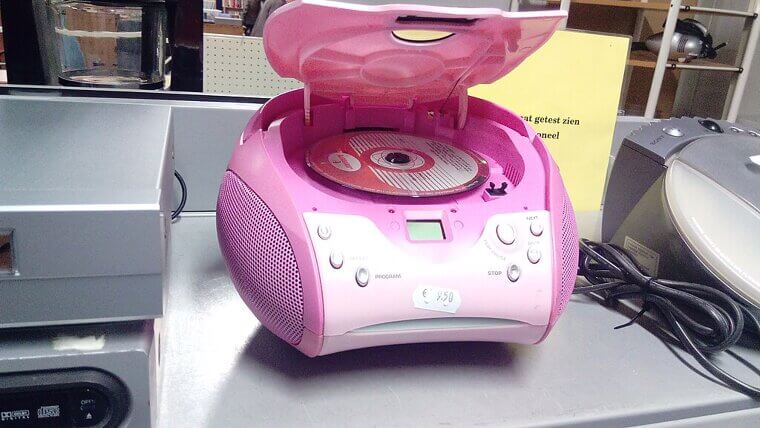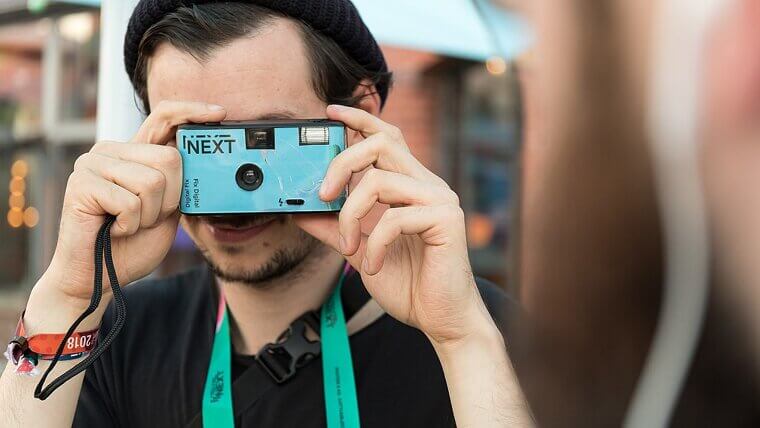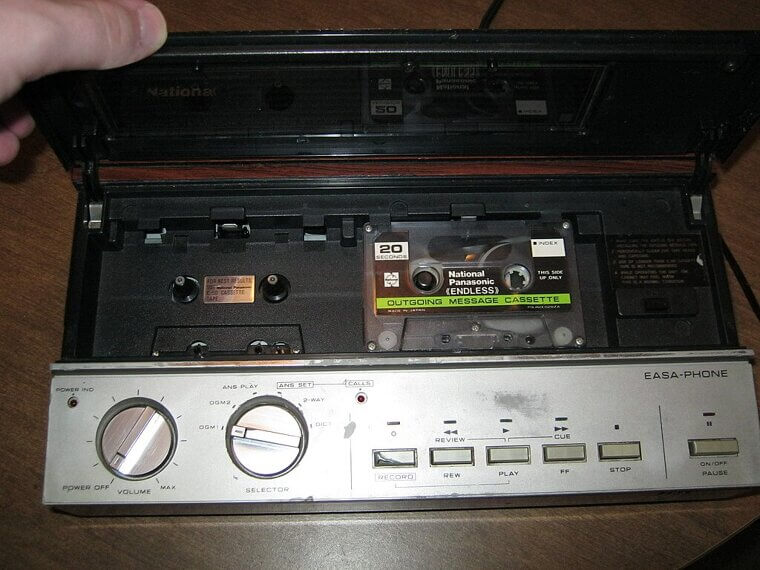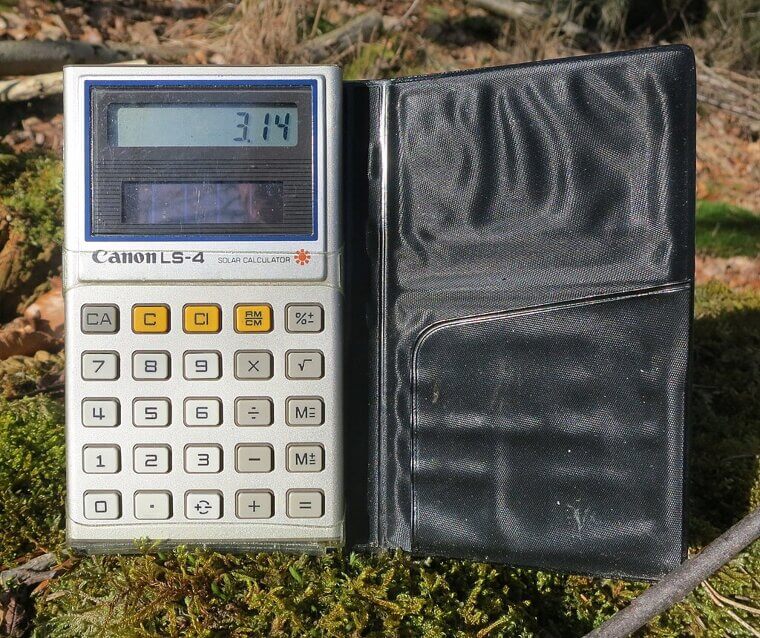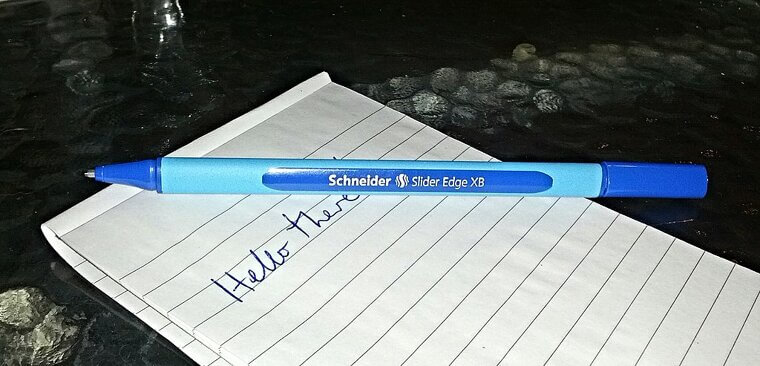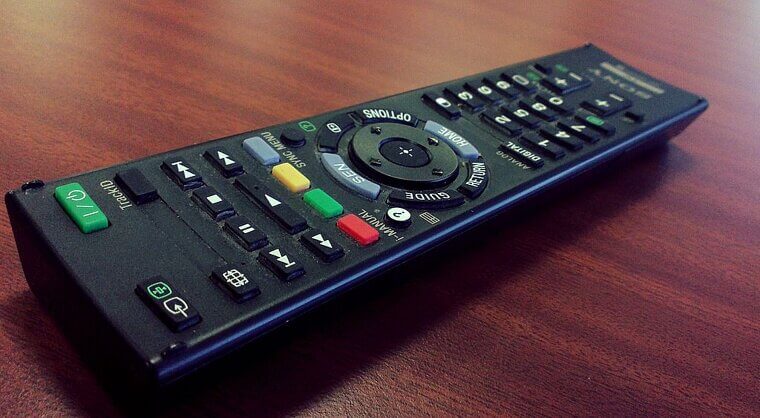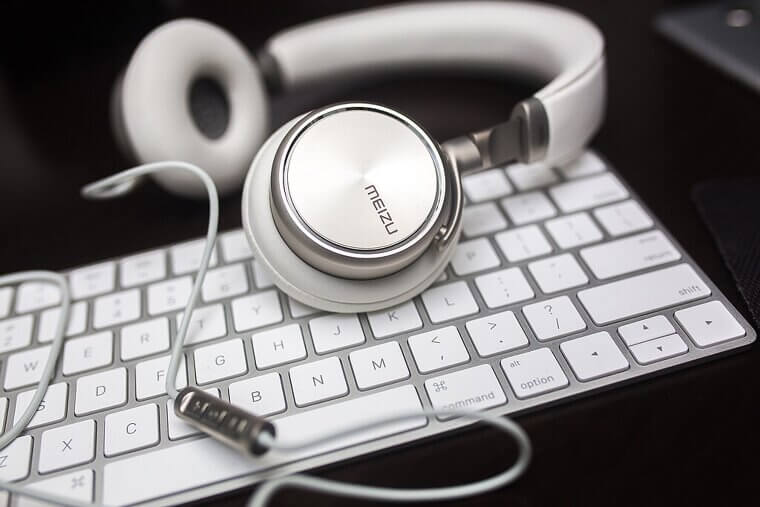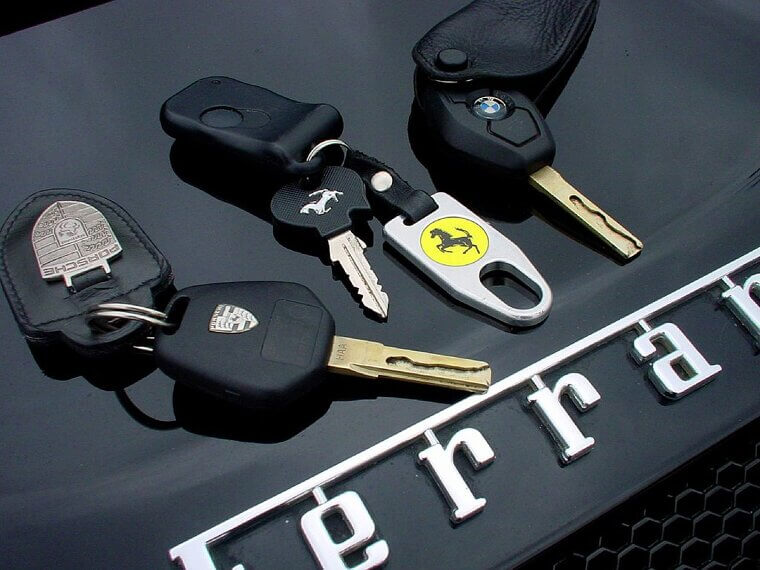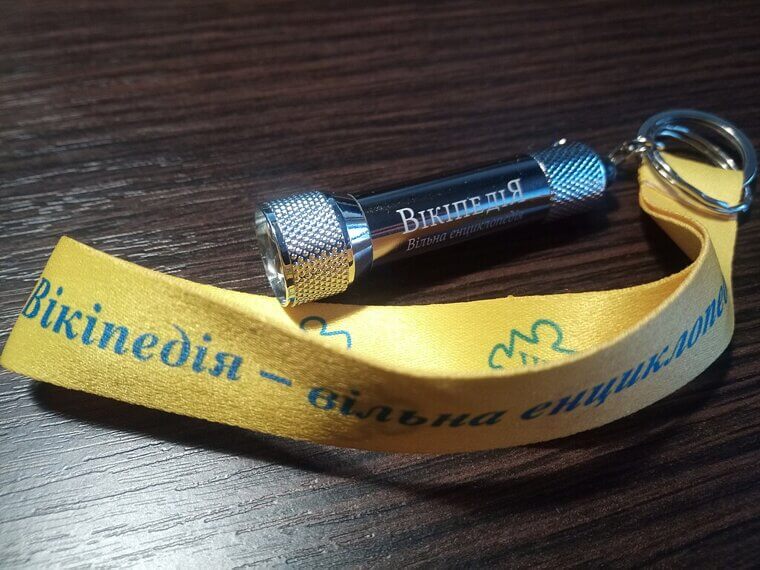Once-Essential Items That Are Now Practically Useless
Time never stands still, and technology is particularly quick to move on; gadgets that seem like the height of innovation are replaced by flashier, more efficient alternatives at a rapid rate. Here’s some examples of tools that have been lost to the mists of time… more or less.
Rotary Business Card (Rolodex)
It’s been gone since the 2000s so some of you might not have heard of a Rolodex, but it stored contact info on individual cards in a spinning desktop device - like a smartphone address book with more paper and centrifuge. But paper’s out, and screens are in!
Fax Machine
Fax machines are a baton-pass of paper copying - one machine scans and prints out a document, then sends it to another. Amazingly, the first one was invented in 1843 (before the telephone!) but email does the job better and faster. They’re still popular in Japan, though.
Landline Telephone
Many places still keep a landline for home internet use, but the phones for them are largely gathering dust. Gen Z won’t have the horrifying memories of a busy signal or the nails-on-a-chalkboard dial-up tone, either - those are gone, and good riddance.
Paper Maps
Before Google Maps and SatNavs there was paper, which involved a lot of folding, rotating and confused faces of people trying to work out where they were by standing on maps. Atlas decline began in 1983, when President Reagan released previously government-only GPS to the public.
Alarm Clock
Digital or manual alarm clocks were the nemesis of mornings everywhere, their blaring sounds disturbing sweet dreams with abandon. Smartphones can now emulate tones, wake you up with a favorite song or even simulate sunrises - it’s enough to make an old clock face blush.
VCR
Now resigned to chunky bricks, the VCR once saw widespread use for recording and playing VHS tapes - you could watch your favorite movie or sitcom episode whenever you liked (or until someone else taped over it). DVD players killed them, but streaming services salted the earth afterwards.
Cassette Walkman
Sony released the first portable cassette player in 1979; slap in a mixed tape, slip on a pair of headphones and you had music delivered directly to your ears - privately! It’s an ancestor to CD players, MP3 players and smartphone music apps.
CD Player
The new, improved replacement for the Walkman replaced cassettes with CDs for more songs, better quality and the tendency to skip with a slight nudge. MP3 players put them in the ground, then streaming music buried CDs for good.
Floppy Disk
There was a time when storing computer data files was done on floppy disks that could hold - wait for it - a huge 1.44MB! That’s less than some songs now. Floppy disk icons still represent the save function in software, but USB flash drives made the disks themselves redundant.
Disposable Camera
Kodak created disposable cameras in 1986 to simplify photography for tourists - simply point, click and hope your photo wasn’t a blur when it developed. They’re coming back in Gen Z circles now, but for the most part digital cameras were a better alternative.
Answering Machine
Back in the day before smartphones had integrated voicemail, you had to buy a clunky addition to your landline phone - a box that did the same job with extra beeping, wires and mechanical noise. You can see why they were replaced.
Pocket Calculator
School pencil cases were the natural habitat of the now-lesser-spotted pocket calculator, which - before they were all digital and on smartphones - were physical electronic blocks mostly used to spell out rude words upside down when they weren’t crunching numbers. The 1970s original cost over $2,000!
Encyclopedia Sets
When people didn’t have the internet they had to look up everything in books. Encyclopedias came in huge, alphabetized sets that covered every topic from A-Z and all it cost you was a bunch of cash and an entire bookshelf of storage space. All praise its Wikipedia successor!
Checkbook Register
You had to be your own budget app in the pre-digital era and mark all your transactions down in a lined ledger. That was your checkbook register, and although they’ve widely fallen out of favor, some people still use them as a manual backup for finances.
Notepad & Pen (for Reminders)
Every smartphone comes with a notepad app as standard, though back in the day everything was scribbled down on hurried notes everywhere. Post-it notes, lists on countertops and reminders left with alphabetical fridge magnets were common, but pen and paper ruled supreme.
TV Remote Controls
Okay, we’re cheating a bit here - remotes are still a thing - but they are slowly being replaced as we speak. Those plastic oblongs that always get eaten by couch cushions are an endangered species thanks to AI voice assistants; why control the TV with a button when you can do it with your voice?
Wired Headphones
Whether they’re the over-ear variety or the more modern earbuds, headphones with wires have a tendency to wrap themselves around anything available - yourself included - and jerk you back when you walk away and forget they’re plugged in. We’re in the age of wireless audio now. Thanks, Bluetooth!
Physical Boarding Passes
Remember the days when you had to print out your tickets on paper and risk losing them if you forgot they were in your pocket on laundry day? Most entry tickets are digital now, which is a lot more convenient… but still, it takes something away from the nostalgia of a physical keepsake from a treasured journey.
Car Keys
Will there come a day when people can’t remember what a car key was? Probably. Cars are going the way of keyless entry now, and while it seems modern it actually dates back to BMW’s keyless entry in the 1980s.
Flashlight
Reserved for blackouts or late-night grocery trips, the humble flashlight is a chunky, battery-eating device that’s slowly becoming extinct thanks to smartphones that do the same job… but better.

